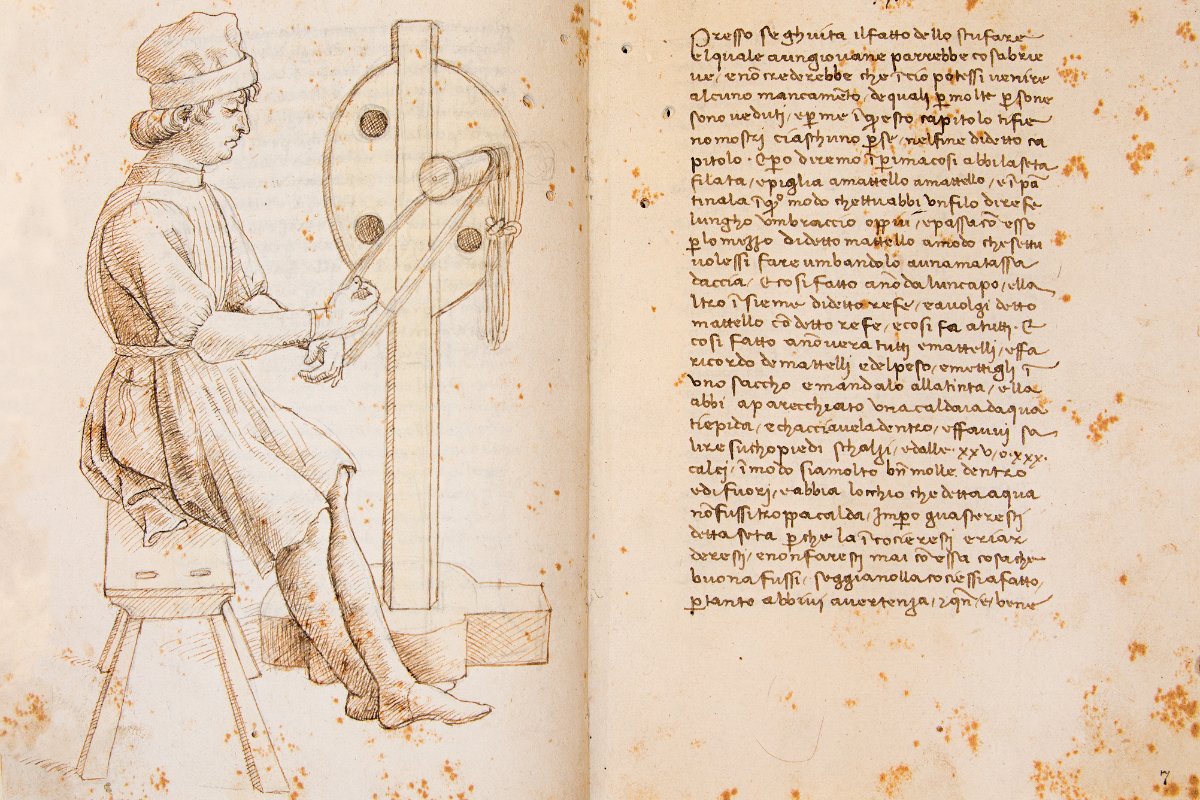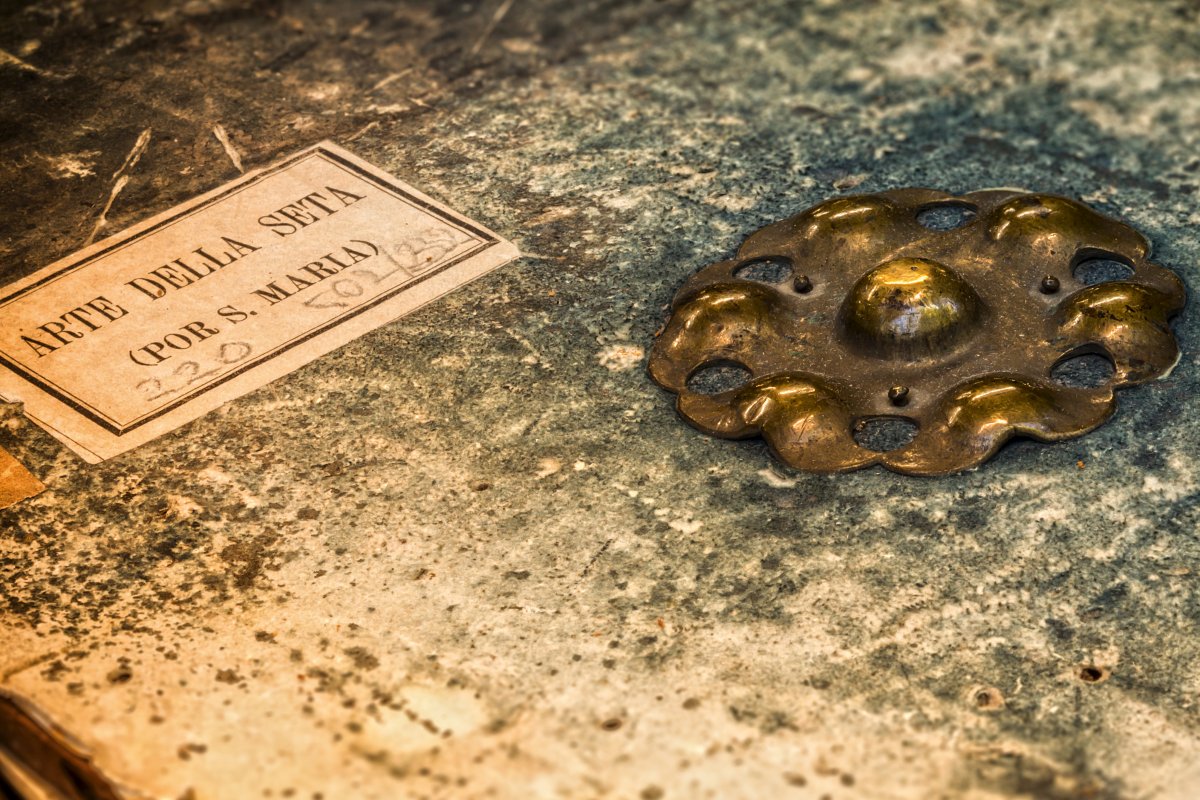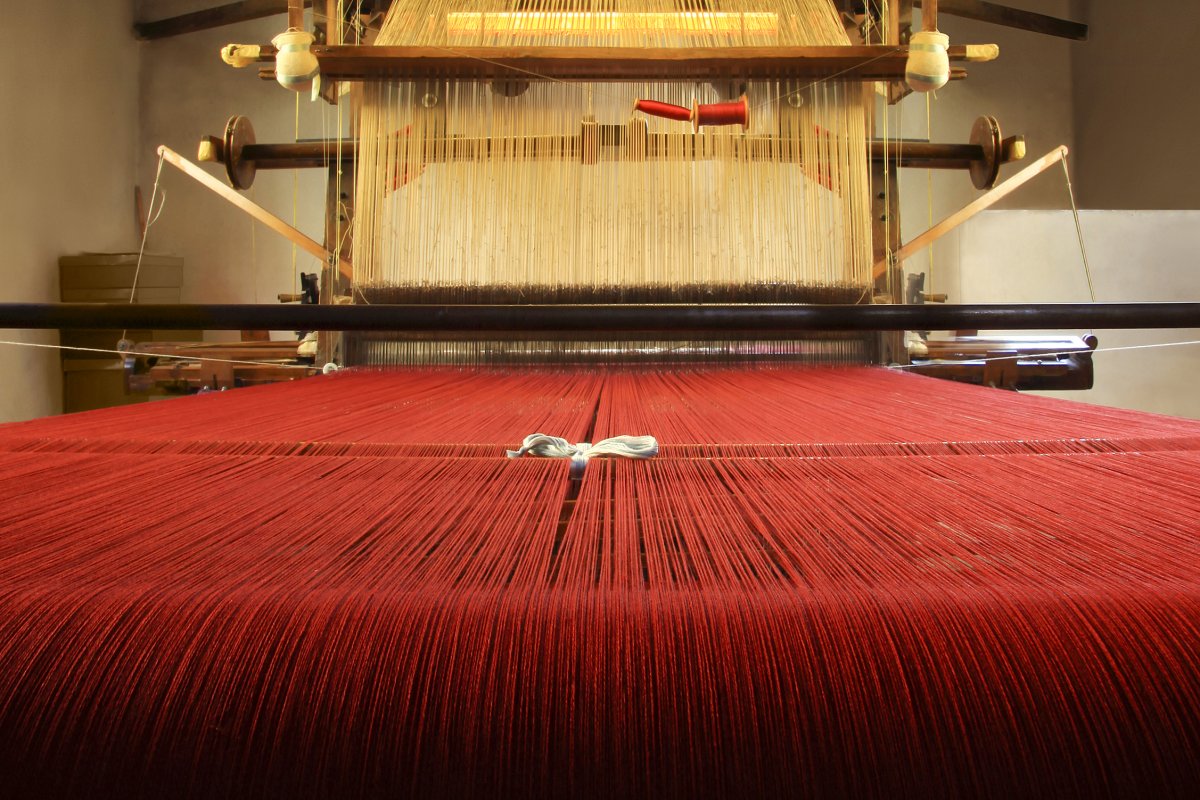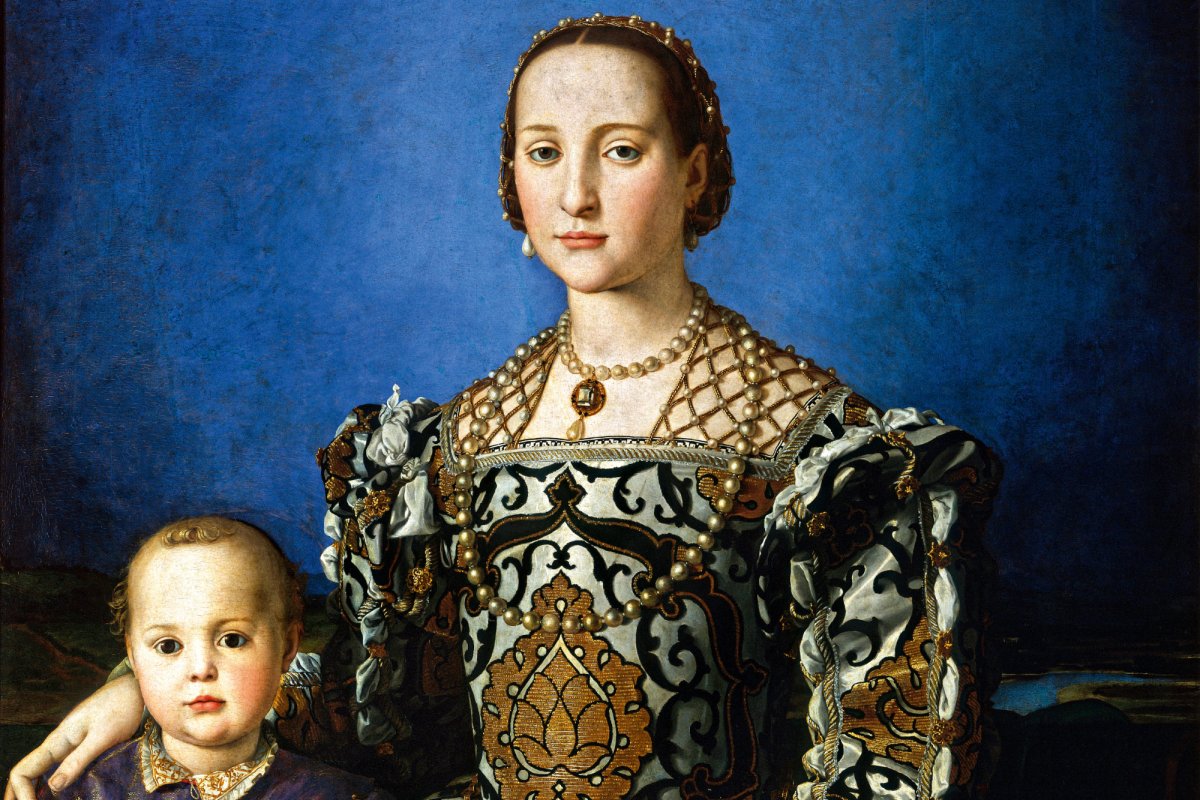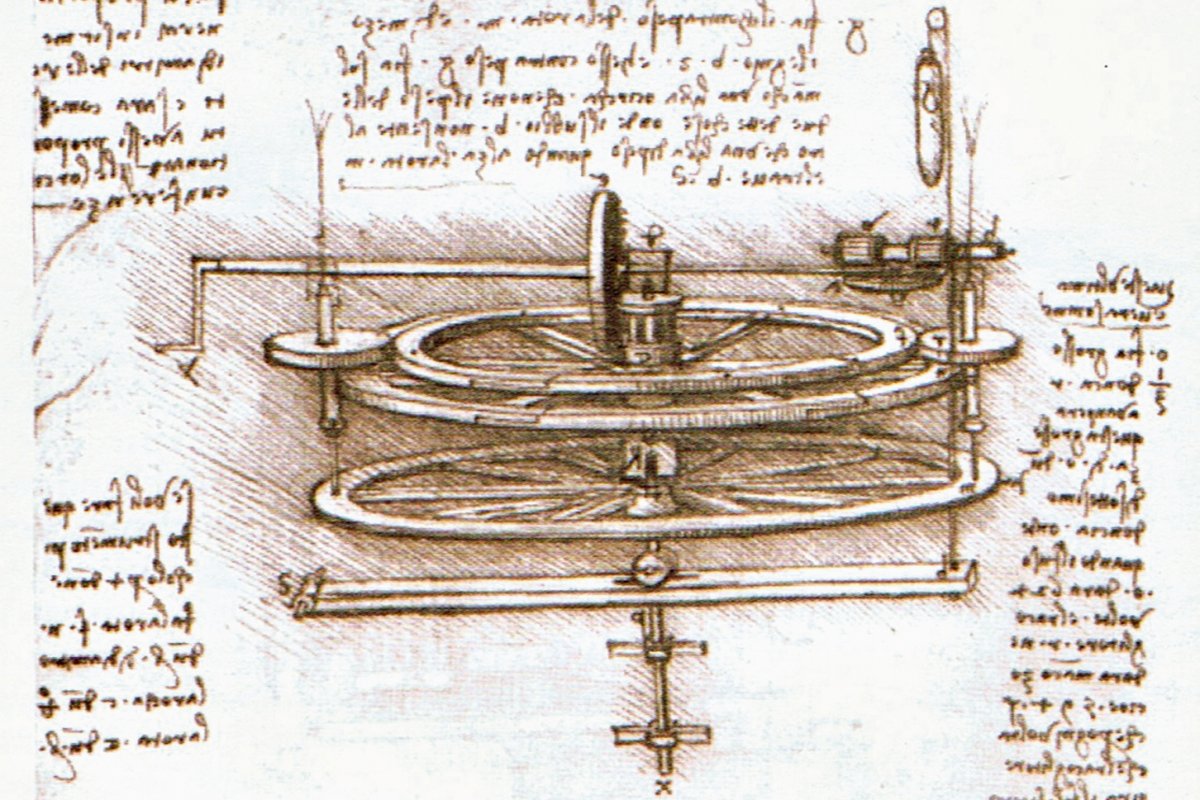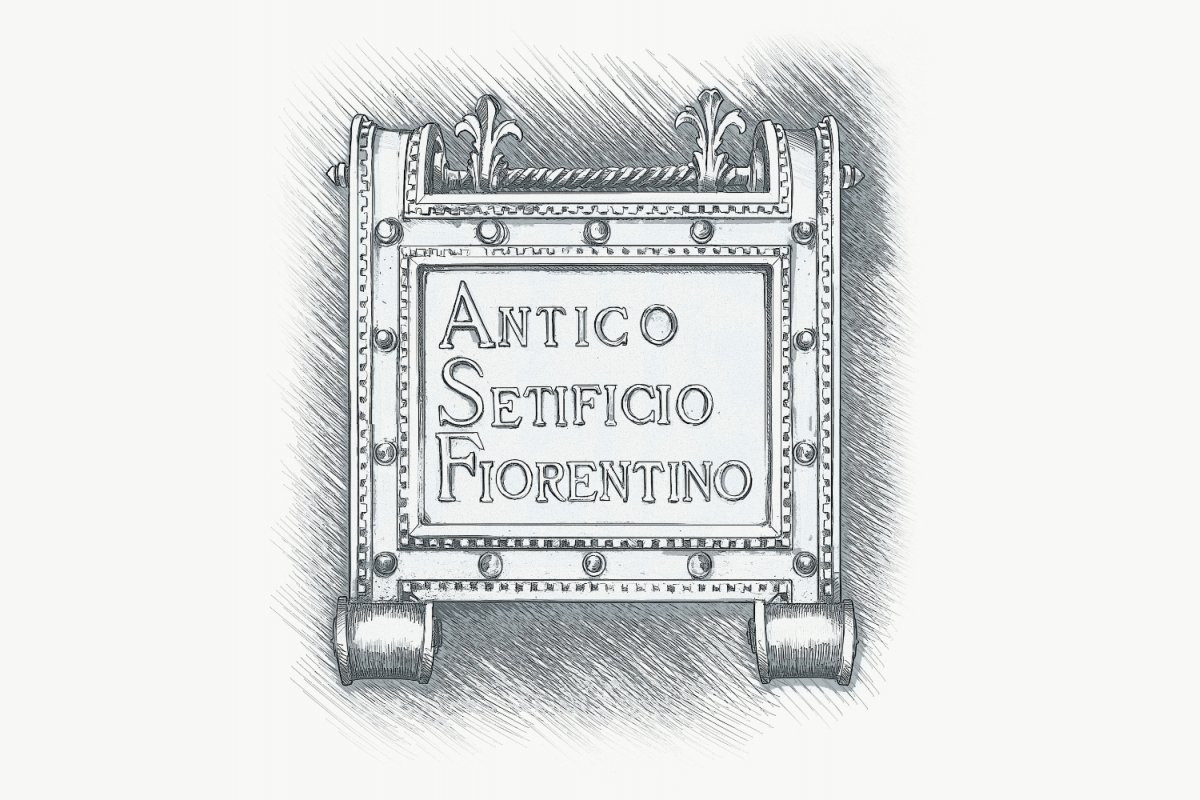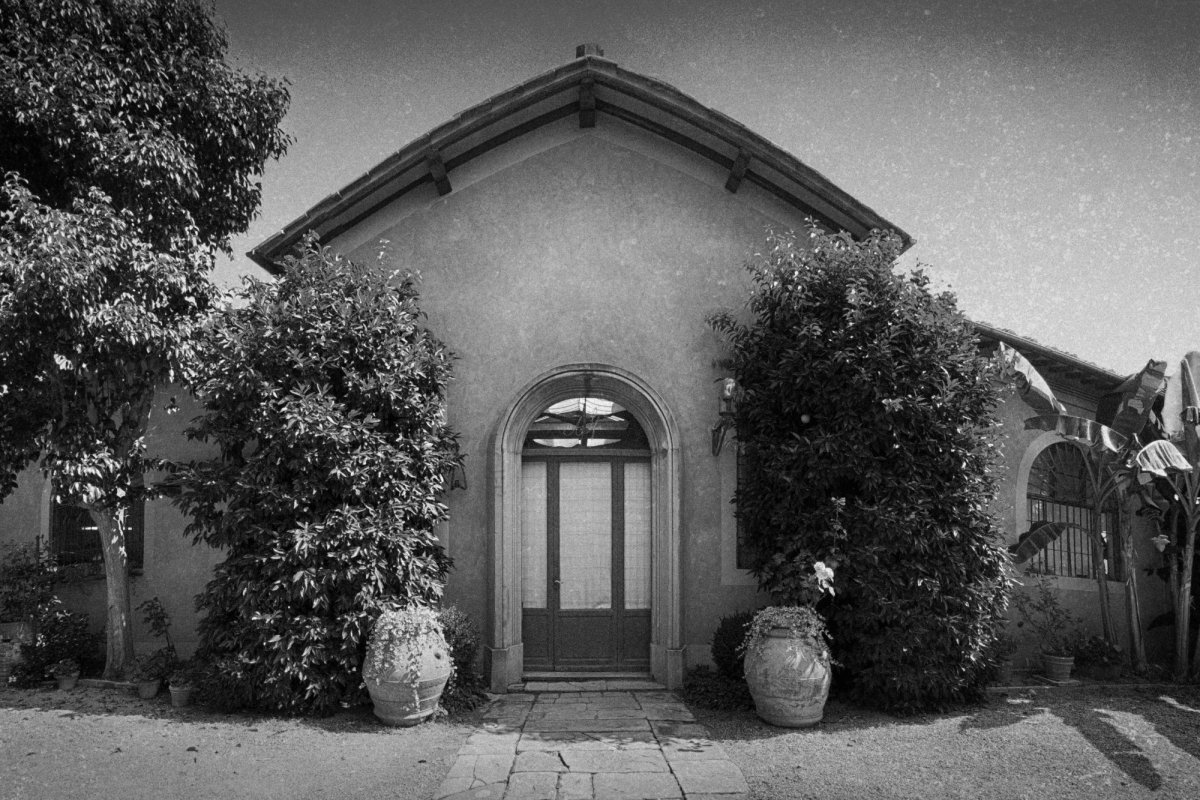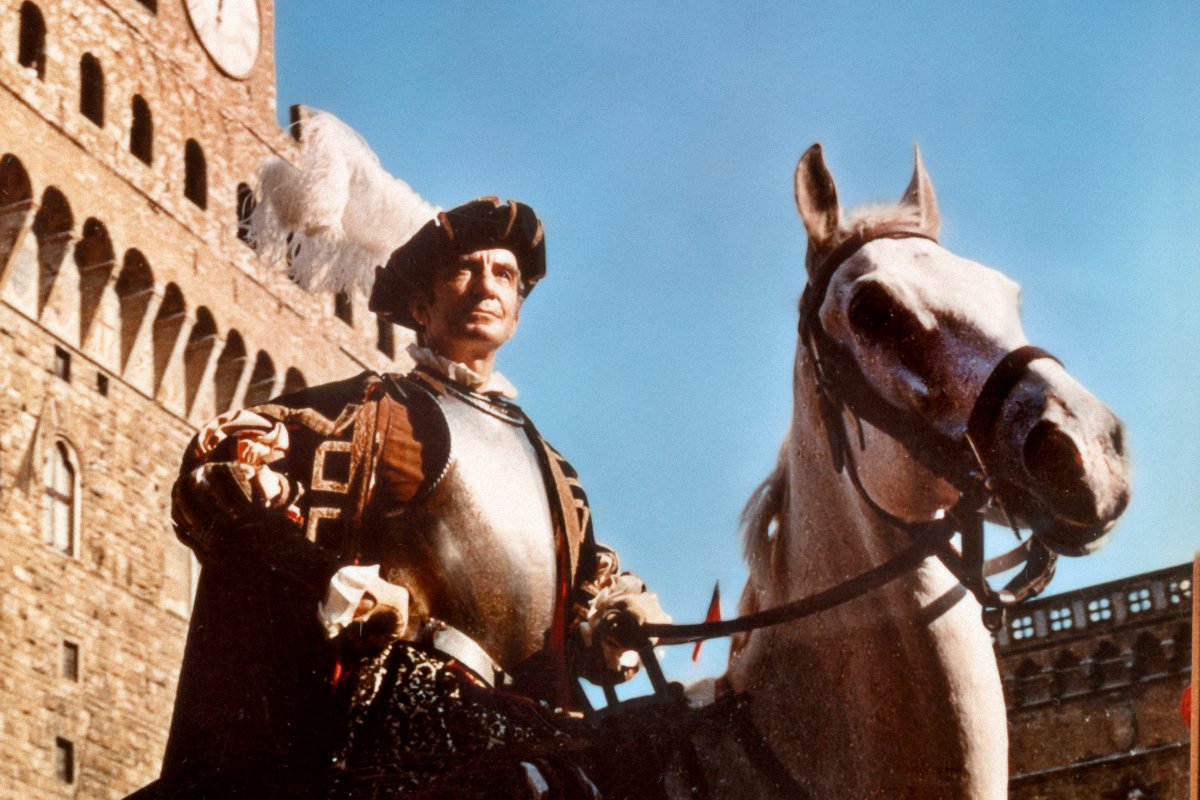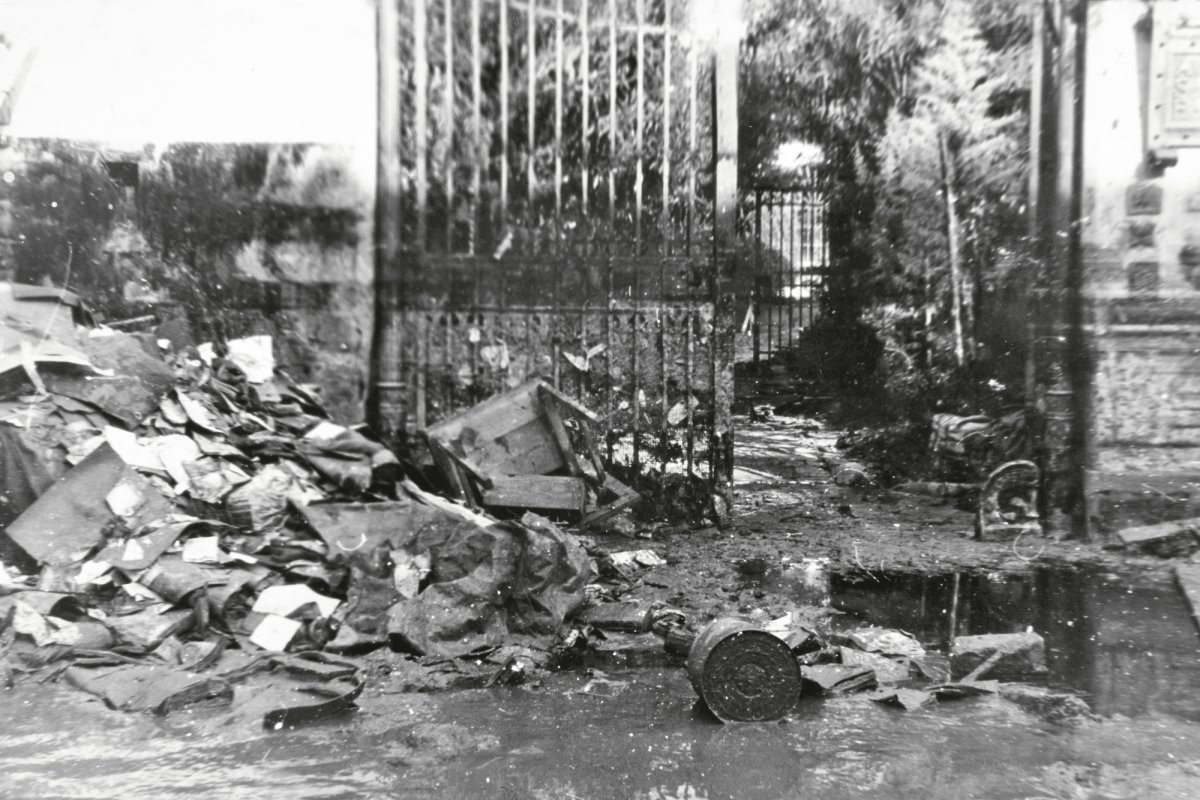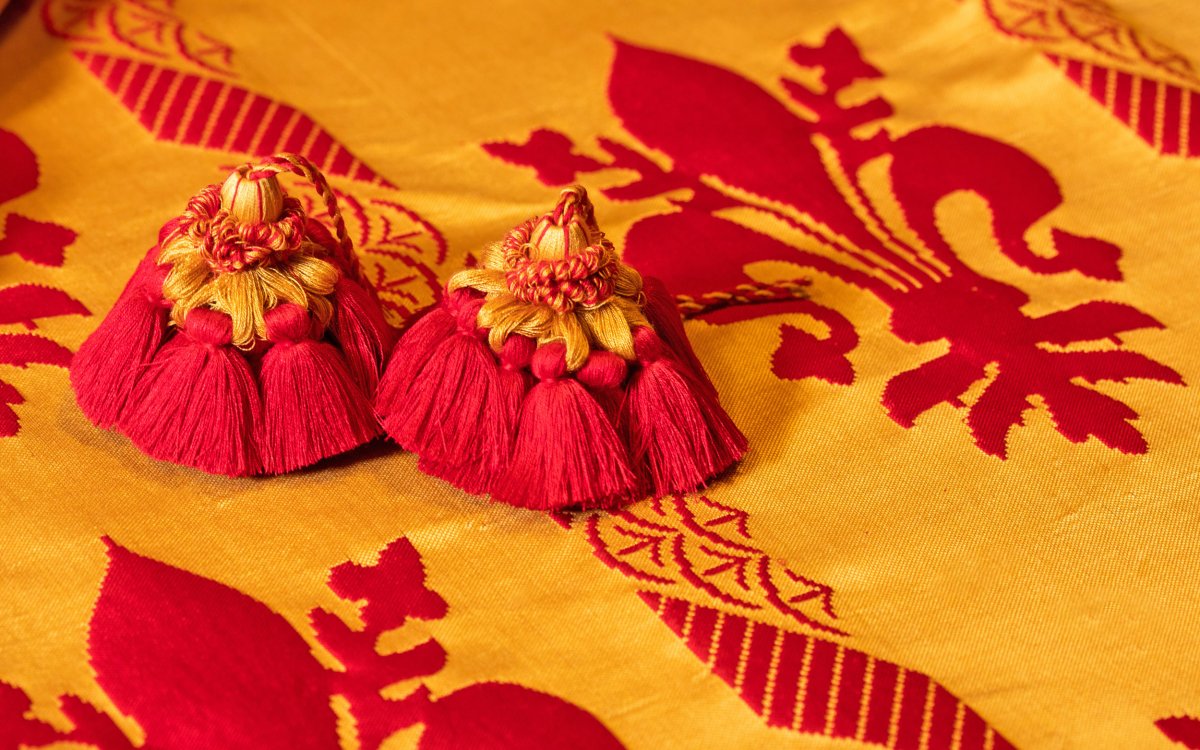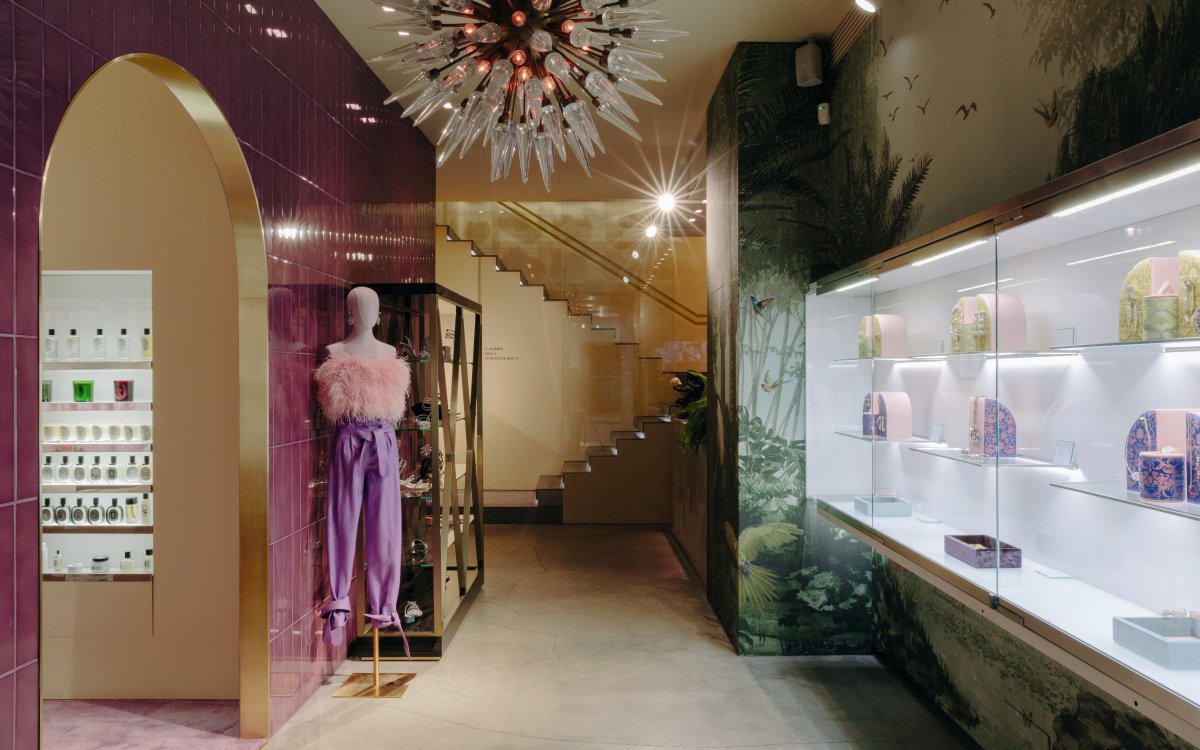Atelier
As a guardian of the Renaissance art of silk weaving, Antico Setificio Fiorentino represents both tradition and innovation.
Established in the 18th century as a storehouse for the looms, fabrics, and designs belonging to some of the noble families from Florence – including the Gherardesca, Pucci, Bartolozzi, Corsini, and Agresti – this place has become a veritable atelier over time. It is unique today as the only workshop in the world to still produce the most sought-after fine and handcrafted fabrics on the planet. Antico Setificio Fiorentino transcends space and time as a place where the values
Bespoke fabrics: personalised uniqueness
Fabrics from the Antico Setificio Fiorentino are unique in terms of quality, weaving techniques, and texture. Designs in our historical archive reveal Renaissance inspiration and it is also possible to create new and personalised ones, in addition to those already in production, even on a small scale and according to the client's desires.
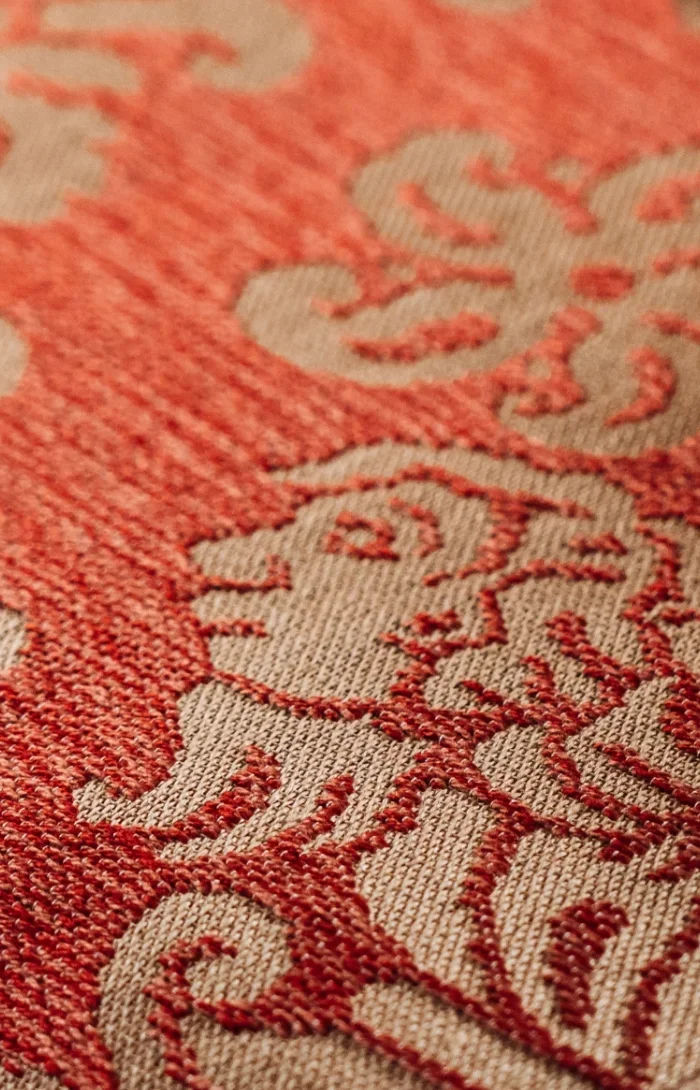
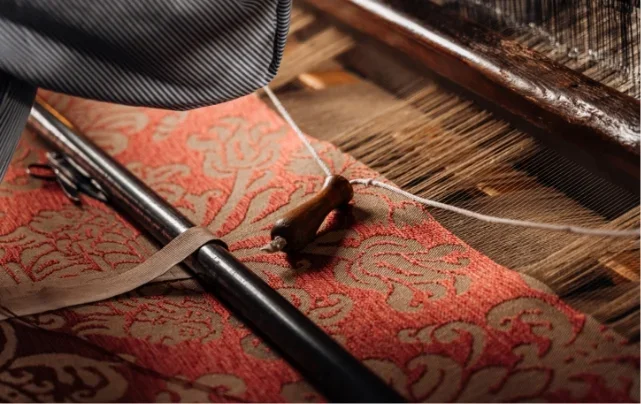
Architects and Interior Designers from all over the world entrust Antico Setificio Fiorentino with the production of fine fabrics, including their own designs, for unrivalled creations designed specifically to satisfy those who want to appreciate the uniqueness of every single detail.
Our collaborations: fabric as a work of art
Antico Setificio Fiorentino has been central to numerous special projects. Prestigious collaborations demonstrate the desire for uniqueness alongside the creativity of those eager to transform ideas, projects, and suggestions into contemporary, extraordinary creations. These creations are impossible to reproduce elsewhere, just like the men's outfit created with Broccatello Giglio fabric for the 2020 Dolce & Gabbana fashion show in Florence, the capsule collection created for Maison Stefano Ricci’s haute couture products, or the collaboration with Luisa Via Roma.

If you enjoy imagining a world without limits, our Textile Advisors are at your complete disposal for a customised consultation.
 ">
">
